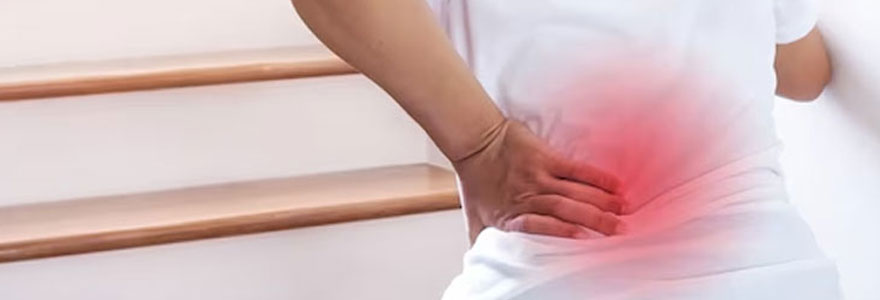
Dr. Amrita Khatri
M.D., B.H.M.S.Book Appointment
Backache

Backache, or simply back pain, is a common medical condition characterized by discomfort or pain in the area of the back, which can vary in intensity and duration. It can affect people of all ages and can result from various causes
It's essential to consult a healthcare provider for a proper diagnosis and treatment plan if you are experiencing persistent or severe back pain.
Symptoms of Backache
- Localized Pain: Pain in a specific area of the back, such as the lower back (lumbar region) or upper back (thoracic region).
- Dull or Aching Pain: A constant, dull ache that can be mild or severe.
- Sharp Pain: Sudden, intense pain that can be sharp or stabbing.
- Muscle Stiffness: Stiffness in the back muscles, making movement difficult or uncomfortable.
- Radiating Pain: Pain that travels from the back to other areas, such as the buttocks, legs, or arms, depending on the location of the issue.
- Limited Range of Motion: Difficulty bending, twisting, or performing routine movements due to pain or stiffness.
- Pain with Movement: Increased pain with physical activity, lifting, or bending, which might improve with rest.
- Numbness or Tingling: Sensations of numbness, tingling, or weakness in the legs, feet, or arms, if the backache affects nerve roots.
- Muscle Spasms: Involuntary contractions or spasms of the back muscles that can cause sharp pain.
Causes of Backache
- Muscle or Ligament Strain: Overuse, heavy lifting, or sudden movements that strain the back muscles or ligaments.
- Herniated Disc: A condition where the soft material inside a spinal disc bulges out and presses on nearby nerves./li>
- Degenerative Disc Disease: The gradual breakdown of spinal discs, leading to pain and reduced mobility.
- Spinal Stenosis: Narrowing of the spinal canal, which can compress the spinal cord or nerves.
- Scoliosis: Abnormal curvature of the spine that can cause back pain and discomfort.
- Osteoarthritis: Degenerative joint disease that affects the spine, leading to pain and stiffness.
- Rheumatoid Arthritis: An autoimmune disorder that can cause inflammation in the spine and other joints.
- Osteoporosis: A condition characterized by weakened bones, which can lead to fractures and back pain.
- Postural Issues: Poor posture or prolonged sitting can contribute to back pain, especially if accompanied by poor ergonomics.
- Infections: Infections of the spine, such as osteomyelitis or discitis, can cause back pain and systemic symptoms.
- Trauma or Injury: Accidents or falls that cause injury to the spine or surrounding tissues.


